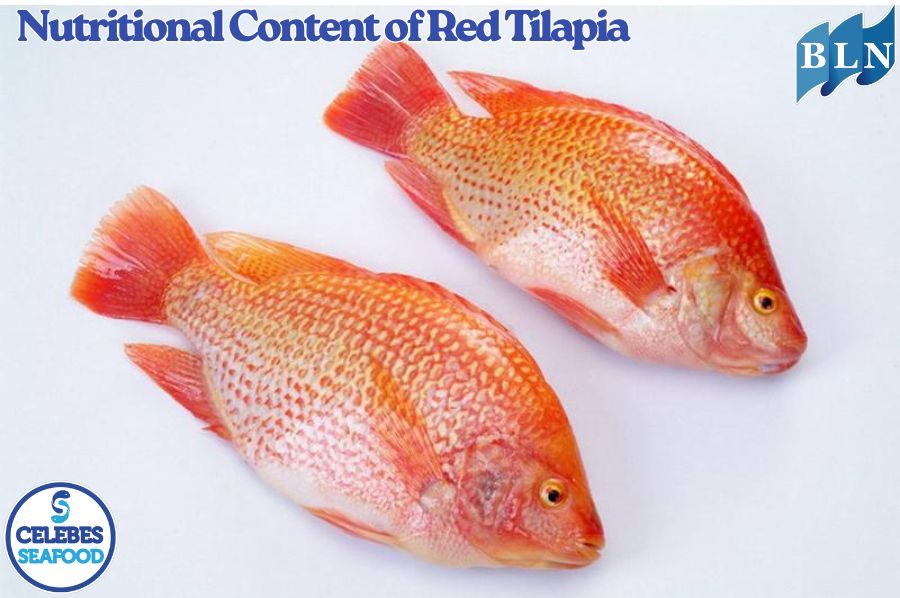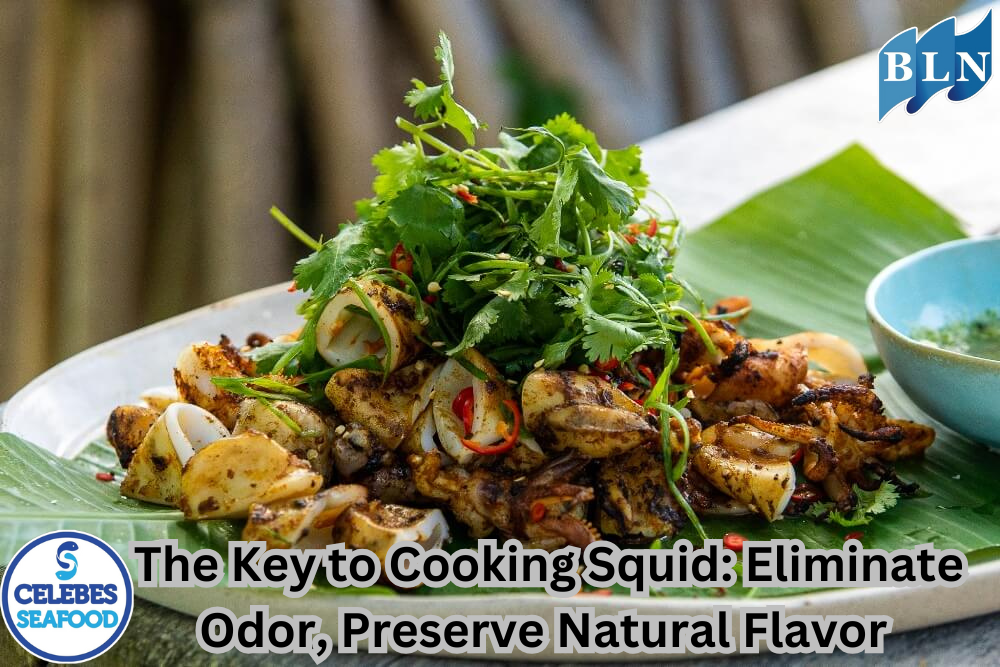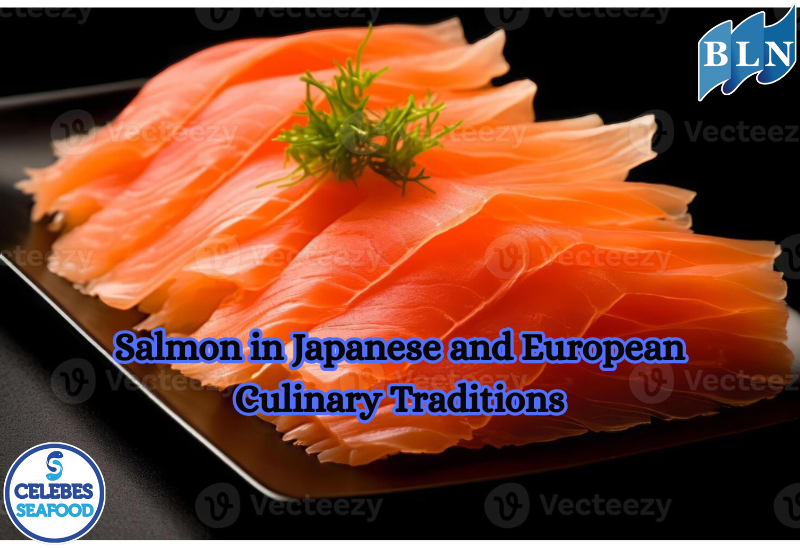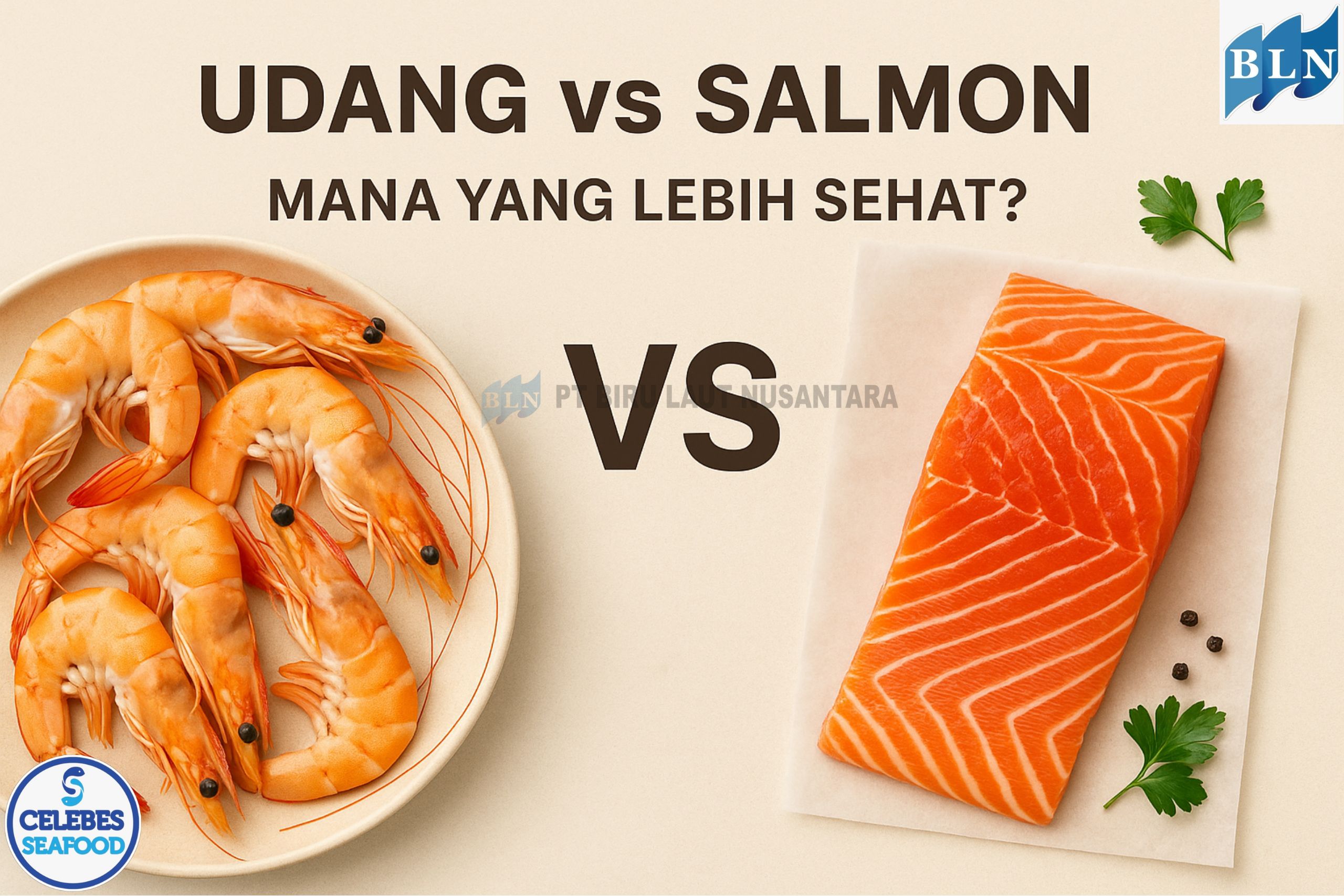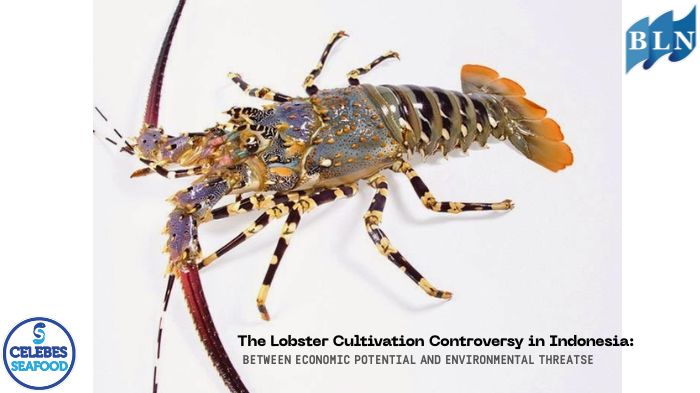This is the risk of consuming fish with high histamine content
By. Amma - 17 Jan 2025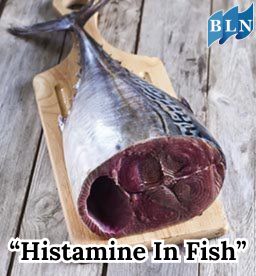
lautnusantara.com Consuming fish with high histamine content can pose a health hazard, the most common of which is Scombroid Food Poisoning (SFP). Histamine itself is a chemical compound that occurs naturally in fish, especially in fish of the Scombridae family such as tuna, mackerel, tuna and sardines, due to the activity of bacteria that convert the amino acid histidine into histamine. This histamine formation increases with inappropriate storage time and temperature after the fish is caught.
The following are the risk and impacts that can result from consuming fish with high histamine content:
1. Scombroid poisoning (SFP): This is a type of food poisoning most commonly associated with the consumption of fish high in histamine.
Symptoms of SFP usually appear within minutes to hours after consuming contaminated fish, and include:
- Gastrointestinal symptoms: Nausea, vomiting, diarrhea, stomach cramps, and abdominal pain.
- Skin symptoms: Skin rash, itching, and redness of the face and neck.
- Neurological symptoms: Headache, dizziness, and burning sensation in the mouth.
- Other symptoms: Sweating, heart palpitations, and in severe cases, difficulty breathing.
2. Allergic reactions: Although SFP is not a true allergic reaction, its symptoms are similar to those of an allergic reaction. People who are sensitive to histamine may experience more severe symptoms, even after consuming fish with relatively low levels of histamine.
3. Worsens certain health conditions: People with certain health conditions, such as asthma, heart disease, or digestive problems, may be more susceptible to the negative effects of histamine. Histamine may trigger or worsen symptoms in people with this condition.
How to Prevent Histamine Poisoning:
- Choose fresh fish: Buy fish from a trusted source and make sure it looks fresh, doesn't smell bad, and is stored on ice.
- Cool fish quickly: After purchasing fish, immediately cool it in the refrigerator or freezer.
- Cook fish properly: Cooking can kill bacteria, but it does not remove the histamine that has already formed.
- Don't eat fish that has gone bad: If the fish smells bad, has a soft texture, or changes color, don't eat it.
Read Food Safety and the Types of Food Contamination
It is necessary to pay attention to the histamine content in fish to prevent food poisoning. Choosing fresh fish, handling and storing fish properly, and avoiding consuming rotten fish are important steps to reduce the risk of histamine poisoning. If you experience symptoms of poisoning after consuming fish, seek medical attention immediately.
If you are interested in our OCTOPUS LEGS, Red Emperor Fillet Skin On , Redfin Emperor Fillet Skin On please do not hesitate to contact us through email and/or whatsapp.
